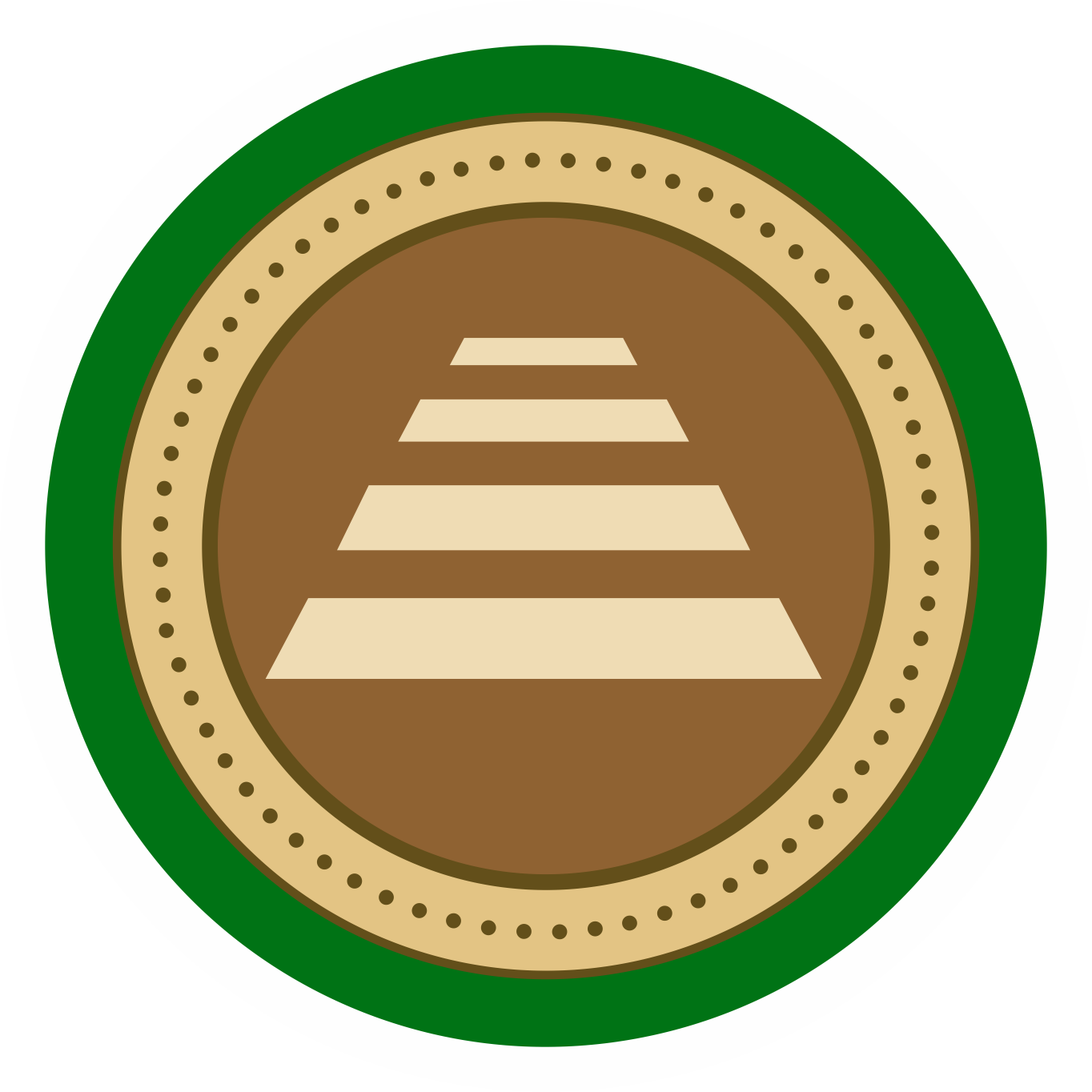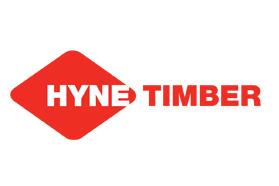Caribbean pine is a durable and easily workable softwood widely used for construction, engineering and decorative purposes.
Pinus Hodurensis, Yellow Pine, Caribaea Pine, Caribbean Longleaf, Pitch Pine, British Honduras Pine, Bahamas Pine, Nicaraguan Pitch Pine, Bastard Pine
Pinus Caribaea
Caribbean pine is a softwood widely used for construction, flooring, playground furniture and cladding. Other applications include the production of plywood, wood wool and paper products. The timber is also widely used for engineering purposes, such as power poles and piles. It is the second most widely planted species in Queensland, and is also planted in northern New South Wales, and is readily available in those states; it is also imported from Fiji.
The heartwood of Caribbean pine is yellow to golden brown, and its sapwood is usually noticeably paler. Its texture is rather coarse and uneven, with latewood and earlywood forming uneven bands, and the grain is usually straight. Knots are present in construction grades. There is a marked difference in colour between earlywood and latewood, which results in a pronounced figure when back sawn. It has a strong resin content and odour, and the resin can lead to problems when the timber is glued and sawn.
Caribbean pine has a low degree of durability above and below ground, and although the sapwood can be treated with preservatives, the heartwood will not readily take preservatives. The timber is termite resistant and the sapwood is not prone to lyctid attack.
Shrinkage
| Very Low | Low | Medium | High | Very High | |
|---|---|---|---|---|---|
|
|
|
||||
|
Tangential :
|
5.00% | ||||
|
Radial :
|
2.00% | ||||
|
Unit Movement Tangential:
|
0.34% | ||||
|
Unit Movement Radial:
|
Strength Group
| Very High | High | Reasonably High | Medium High | Medium | Reasonably Low | Low | Very Low | |
|---|---|---|---|---|---|---|---|---|
| Unseasoned: | S1 | S2 | S3 | S4 | S5 | S6 | S7 | S8 |
|
|
||||||||
| Seasoned: | SD1 | SD2 | SD3 | SD4 | SD5 | SD6 | SD7 | SD8 |
|
|
Stress Grade
|
Structural No. 1 |
Structural No. 2 |
Structural No. 3 |
Structural No. 4 |
Structural No. 5 |
|
|---|---|---|---|---|---|
| Unseasoned: | F8 | F7 | F5 | F4 | |
| Seasoned: | F14 | F11 | F8 | F7 | F5 |
Density per Standard
| Seasoned: | 575kg/m3 |
|---|---|
| Unseasoned: | 1020kg/m3 |
Joint Group
| Very High | High | Reasonably High | Medium | Low | Very Low | |
|---|---|---|---|---|---|---|
| Unseasoned: | J1 | J2 | J3 | J4 | J5 | J6 |
|
|
||||||
| Seasoned: | JD1 | JD2 | JD3 | JD4 | JD5 | JD6 |
|
|
Colour
| White, yellow, pale straw to light brown | Pink to pink brown | Light to dark red | Brown, chocolate, mottled or streaky | |
|---|---|---|---|---|
|
|
||||
Mechanical Properties
|
Modulus of Rupture - Unseasoned:
|
69 |
|---|---|
|
Modulus of Rupture - Seasoned:
|
105 |
|
Modulus of Elasticity - Unseasoned:
|
12 |
|
Modulus of Elasticity - Seasoned:
|
14 |
|
Maximum Crushing Strength - Unseasoned:
|
33 |
|
Maximum Crushing Strength - Seasoned:
|
55 |
|
Impact - Unseasoned:
|
27 |
|
Impact - Seasoned:
|
17 |
|
Toughness - Unseasoned:
|
|
|
Toughness - Seasoned:
|
|
|
Hardness - Unseasoned:
|
2.7 |
|
Hardness - Seasoned:
|
5.1 |
Durability
| Low | Moderate | Reasonably High | High | |
|---|---|---|---|---|
| (0 - 5 yrs) | (5 - 15 yrs) | (15 - 25 yrs) | (more than 25 yrs) | |
|
In-Ground:
|
|
|||
| (0 - 7 yrs) | (7 - 15 yrs) | (15 - 40 yrs) | (More than 40 yrs) | |
|
Above ground:
|
|
|||
| (0 - 20 yrs, usually < 5) | (21 - 40 yrs) | (41 - 64 yrs) | (More than 60 yrs) | |
|
Marine Borer Resistance:
|
|
|
Lyctid Borer Susceptibility:
|
Not Susceptible |
|---|---|
| Lyctid Borer Susceptibility - Other: | |
|
Termite Resistance:
|
Resistant |
Fire Properties
| 1 - non-combustible | 2 - reasonably non-combustible | 3 - slightly combustible | 4 - combustible | |
|
Fire Properties Group Number: |
|
| Group Number - Other: | 3 if used on MDF or particleboard ≥12mm; veneer thickness 0.6-0.85mm |
|---|---|
|
Average Specific Extinction Area:
|
<250 |
|
Bushfire Resistance:
|
BAL 12.5 and 19 - All AS 3959 Required Applications |
The sapwood of Caribbean pine is pale and the heartwood is yellow to golden brown. The grain is usually straight, though knots are present in construction grades, and the texture is somewhat coarse and uneven. A pronounced difference in colour between earlywood and latewood results in a very distinctive figure when back sawn.
Caribbean pine is widely used for engineering purposes, such as power poles and piles; construction purposes such as flooring, framing, laminated beams, cladding and decking, and playground equipment; and for decorative purposes including furniture, plywood, turnery and joinery. It is also used in the production of paper products and wood wool.
VIC





